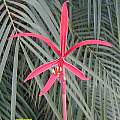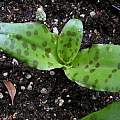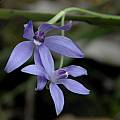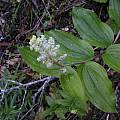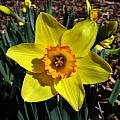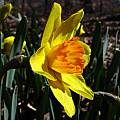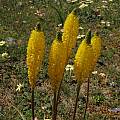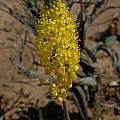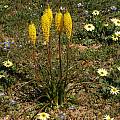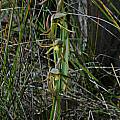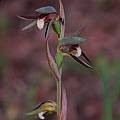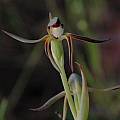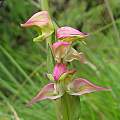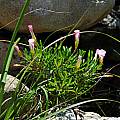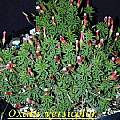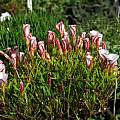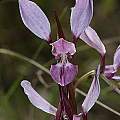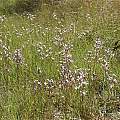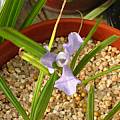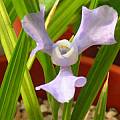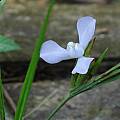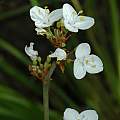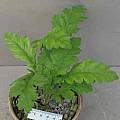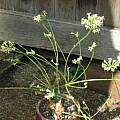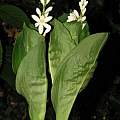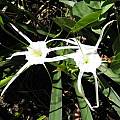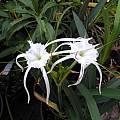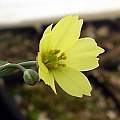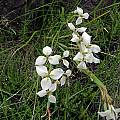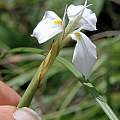Sprekelia howardii was discovered from Southern Mexico and described in 2000 by D. Lehmiller. It is a much smaller species than
S. formosissima with much narrower petals and leaves. Treat this species the same way as
S. formosissima although a dry dormancy is a must. Repotting must be done carefully as the plant may skip a year of blooming if the roots are disturbed too much. Doug Westfall reported that pollen from
S. formosissima microwaved for 20 seconds, then mixed with fresh pollen of
S. howardii can be used to pollinate the same plant of
S. howardii. The reasoning is that microwaving the pollen will kill the sperm but still allow the self-incompatibility mechanism on the stigma to be turned off. Once it is turned off, the
S. howardii pollen can pollinate itself. However, there is still a potential for the F1 to be hybrids using this technique. Photo 1 was taken by Doug Westfall who is growing this species in Southern California. Photos 2-3 were taken by Nhu Nguyen of plants grown in Berkeley, California.
![Sprekelia howardii, Doug Westfall Sprekelia howardii, Doug Westfall]()
![Sprekelia howardii, Nhu Nguyen Sprekelia howardii, Nhu Nguyen]()
![Sprekelia howardii, Nhu Nguyen Sprekelia howardii, Nhu Nguyen]()
![Geranium transversale, Paige Woodward Geranium transversale, Paige Woodward]()
![Geranium transversale, Paige Woodward Geranium transversale, Paige Woodward]()
![Geranium transversale, Paige Woodward Geranium transversale, Paige Woodward]()





